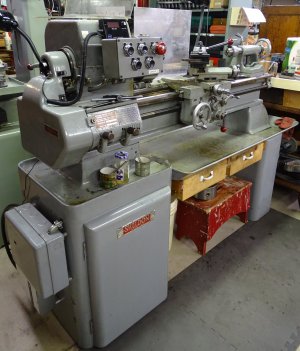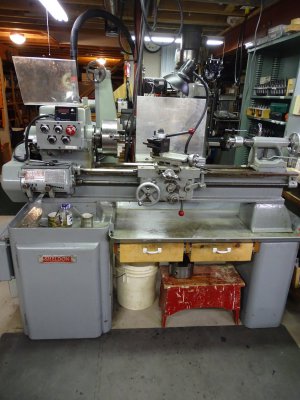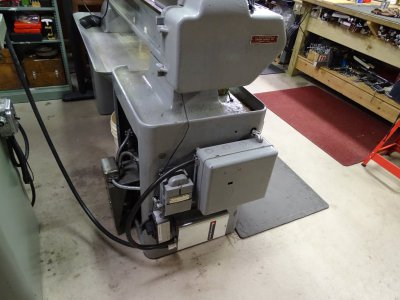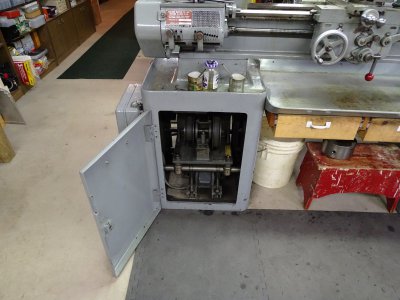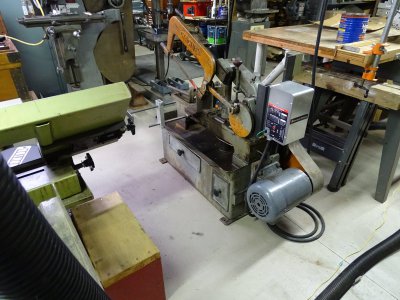- Joined
- Apr 14, 2014
- Messages
- 3,542
The North America phase converter company is based in New Berlin WI. They are now owned by American Rotary Phase Converter company out of West Bend WI. Over the years I have purchased 3 American Rotary static converters and one 15 hp rotary converter. About 7 years ago they purchased North America Phase Converter Company and dropped the American Rotary line of static converters. To that end I purchased a North America static converter to power my Black Diamond drill grinder.Unless you want to get into rewiring the mill the easiest/cheapest solution is a static phase converter.
I’ve bought several from

Static Phase Converters | Electronic Phase Converters | NAPCco
Static Phase Converters A static phase converter is used to generate 3 phase power during the starting of a motor. A static phase converter consists of one or more start capacitors and a start relay. The start capacitors produce electricity across the third winding of a motor during start up,www.northamericaphaseconverters.com
And been happy with the service and performance.
Yes, he will loose some power but it’s unlikely he’ll notice the difference in a hobby shop. If he wants to go with a rotary converter later all it takes is a used 3 phase motor to convert the static box.
John
All are still working fine, and I don't lack for power on any machine they are installed on. The original plan was to use the 15 hp rotary converter to replace all the static converters thinking they wouldn't last very long. The oldest one is now over 20 years old and still going strong. I'm not sure when if ever I'll install it.

